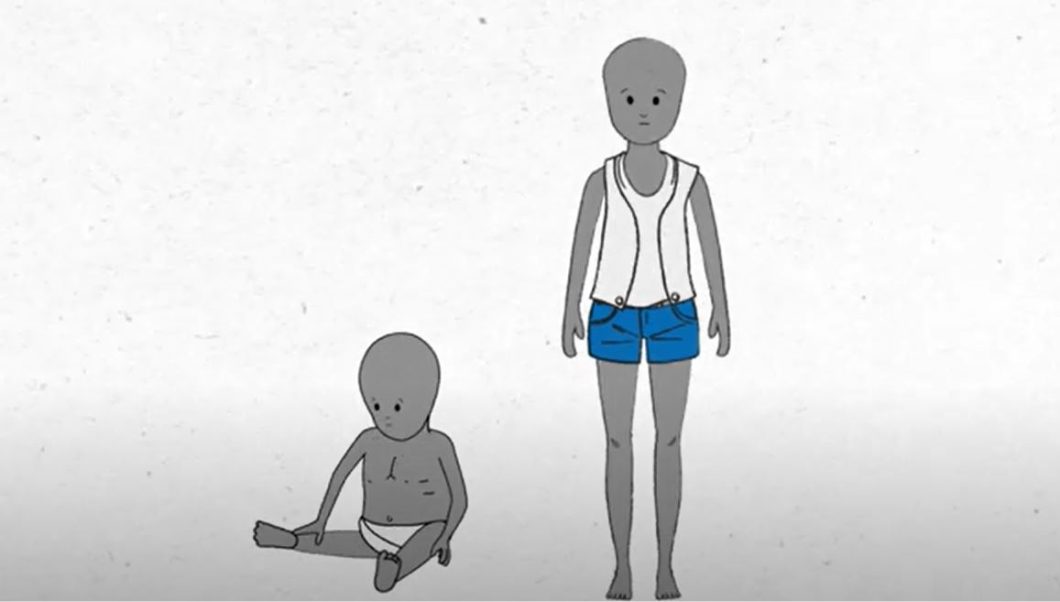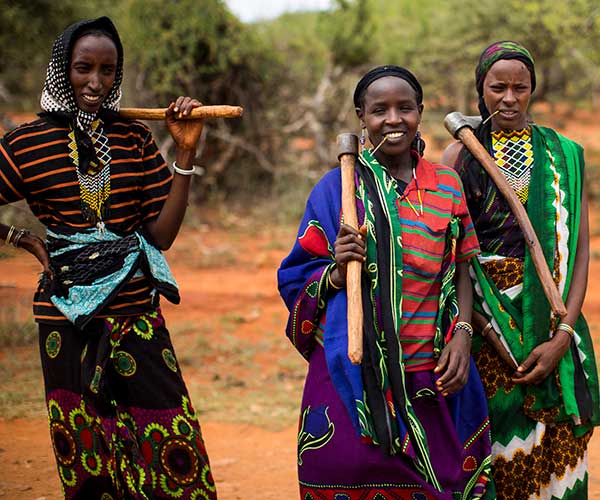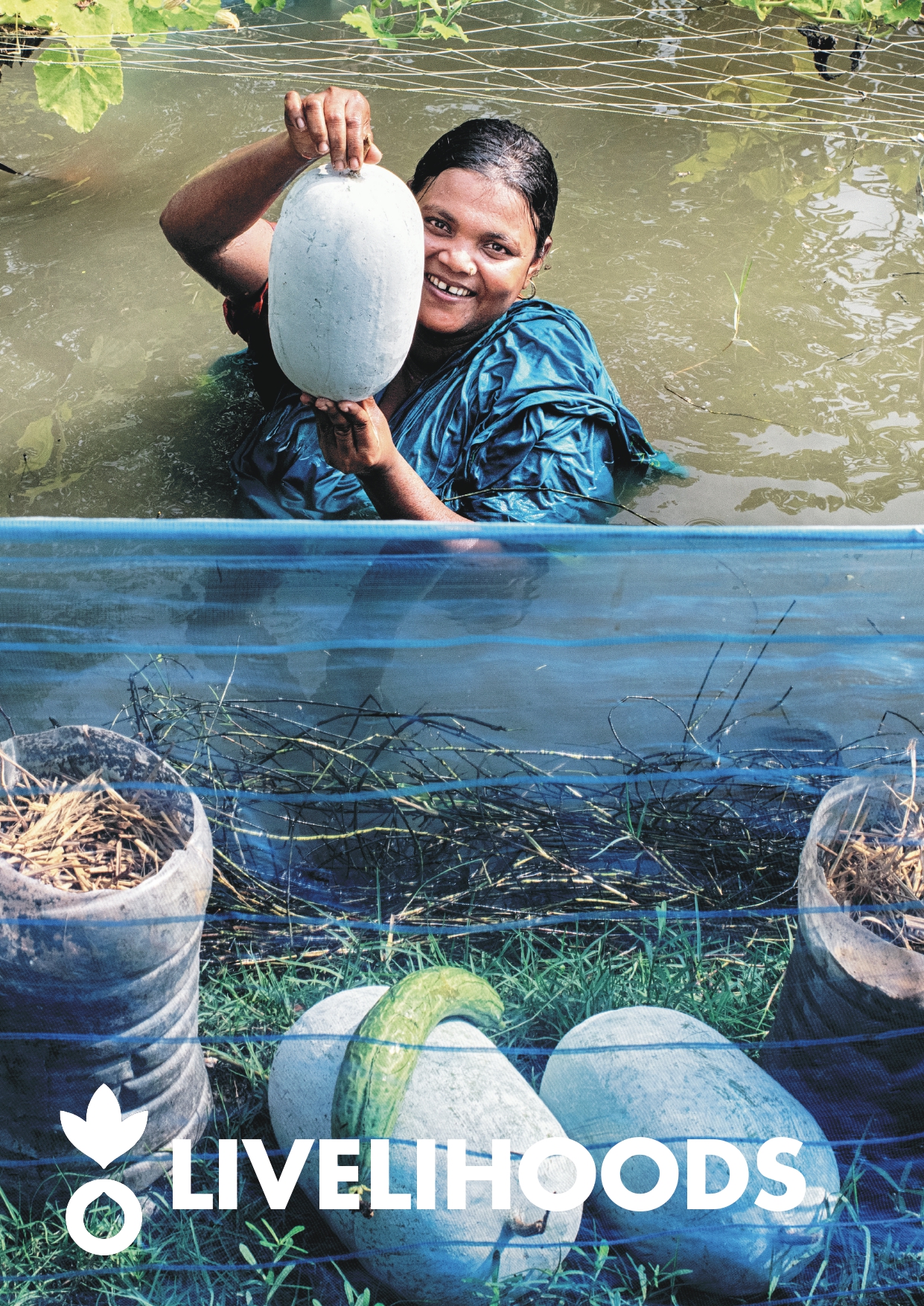Climate crisis

Rising temperatures and extreme weather are having a huge impact on already vulnerable communities.

A well-nourished, healthy, thriving person is good for their family, their community and their whole economy.
Around one in eleven people today are malnourished, in a world that produces enough food for all.
Malnutrition takes many forms. And after declining for a decade, world hunger is on the rise again.
And while all of us need the right amount of good food, some people, at certain times, need more than others, so if that doesn’t happen, they’re likely to suffer more.
It’s in the first 1,000 days between conception and a child’s second birthday that a new human being should be building a strong immune system that ensures healthy physical and intellectual development.
How well or how poorly mothers and children are nourished and cared for during this time has a massive impact on a child’s ability to grow, learn and thrive.
Every year, almost 2.5 million children die from hunger-related causes. This typically happens in places where parents and local health workers lack the tools to diagnose malnutrition before it’s too late.
Every 13 seconds, a child dies from hunger or a hunger-related disease.
Almost 2.5 million children under five die from hunger each year.
Globally, one in eleven people go to bed hungry every night.
Malnutrition can take many forms and there are no countries in the world that aren’t affected by it in one way or another.
Tackling malnutrition and life-threatening hunger has wide-reaching, positive consequences for improving the health of children and adults alike.

Learn about how we treat acute malnutrition through CMAM (community-based management of acute malnutrition).

When Medina’s 18-month-old daughter Munira became sick, she did everything she could to get her the treatment she needed. As soon as she heard of Action Against Hunger’s malnutrition treatment programme their lives changed for the better.
Ending malnutrition is possible. And it’s one of the best ways we have to change people’s lives for the better.
A well-nourished, healthy, thriving person is good for their family, their community and their whole economy. They’re generally happier, healthier, safer and more stable than an under-nourished person. That’s why Action Against Hunger focuses hard on diagnosis and treatment, as well as on prevention.
This is how we do it.
First, we have to diagnose undernutrition. We use ‘mid upper arm circumference’ (MUAC) bands to diagnose malnutrition among those under five. A MUAC band is a tape that measures the circumference of a child’s upper arm, which indicates that the child is malnourished or healthy.
We train parents and caregivers to use MUAC bands so they can spot the signs of malnutrition early. And if picked up quickly, we reduce the incidence of childhood death and disease.
We have also developed a photo app to diagnose malnutrition more quickly and easily. This can be used by community-based health workers.
If a child is diagnosed with severe or acute malnutrition, we provide treatment in the form of a special peanut-based paste called ready-to-use therapeutic food (RUTF).
Children can mostly be treated at home in their community, although severe cases may require hospitalisation.
Still less than 30% of severely acutely malnourished children are able to access the treatment they need.
As a leading technical organisation in the prevention and treatment of malnutrition, we play a key role in piloting new approaches. This helps ensure all children affected by malnutrition can receive the care they need.

As more women are empowered to become community health workers, they can help an entire generation beat hunger and grow up strong.
Prevention, though, remains the best cure.
Our expertise in preventing and treating undernutrition is internationally renowned, thanks to our 40 years of operational experience in areas of the world where hunger is most severe and entrenched.
We work with mothers and caretakers to improve care, feeding and hygiene practices to ensure that children receive the right food. Our health workers provide children with treatment for infections, illnesses, and micronutrient deficiencies to ensure their healthy development.

Rising temperatures and extreme weather are having a huge impact on already vulnerable communities.

Hunger affects everyone differently. But around the world, women and girls are most at risk of becoming malnourished.

The biggest driver of child hunger around the world today is armed violence. Read how we're helping people affected by hunger.

Every day, more than 2,000 children die from hunger-related causes. This proposition paper outlines the devastating effects of malnutrition and what Action Against Hunger is doing to combat it.

Even though the world produces enough food to feed the entire population, four out of ten people across the globe can’t afford a healthy diet. This proposition paper outlines the impact of food insecurity on more than 2 billion people worldwide and what Action Against Hunger is doing to combat it.